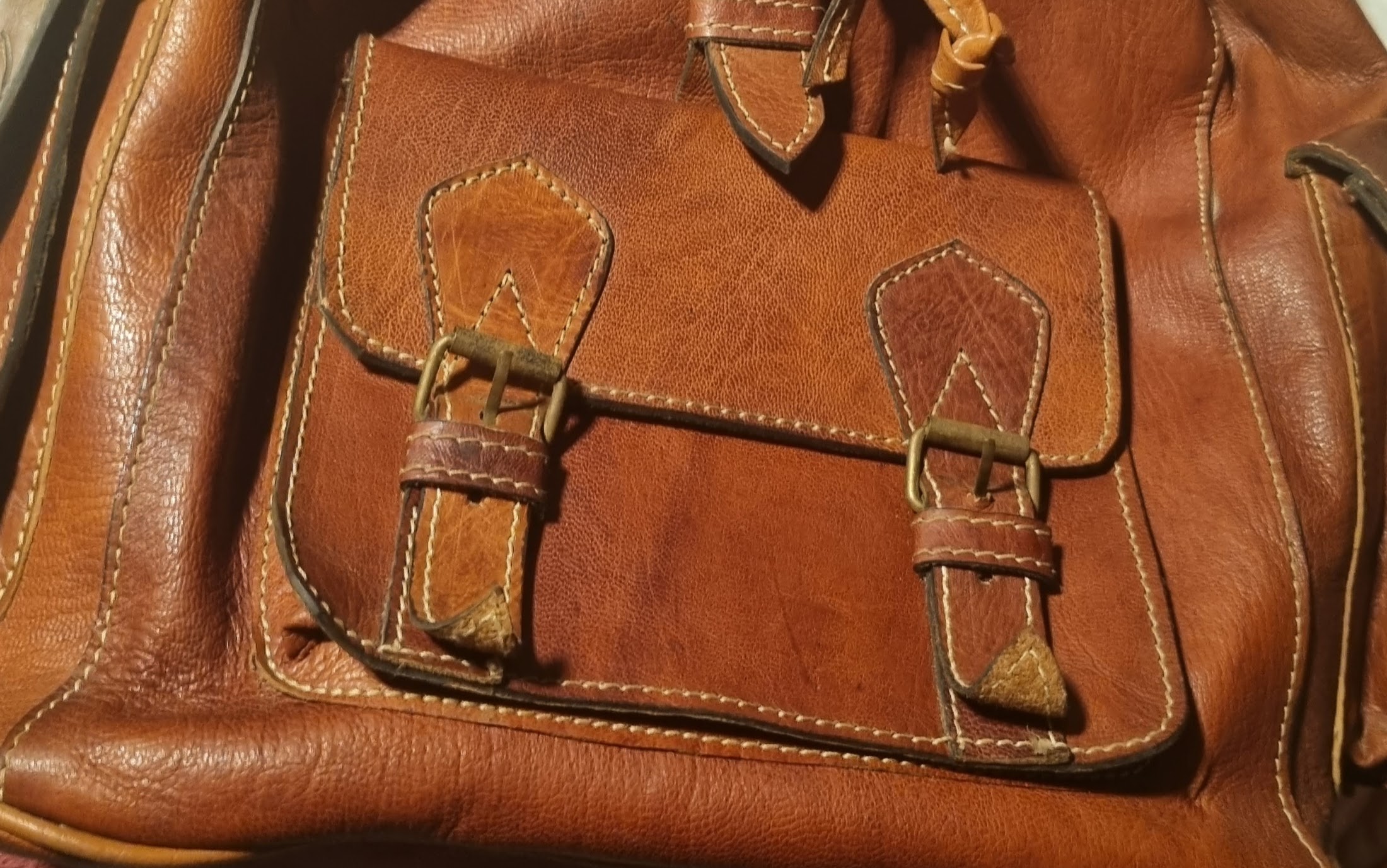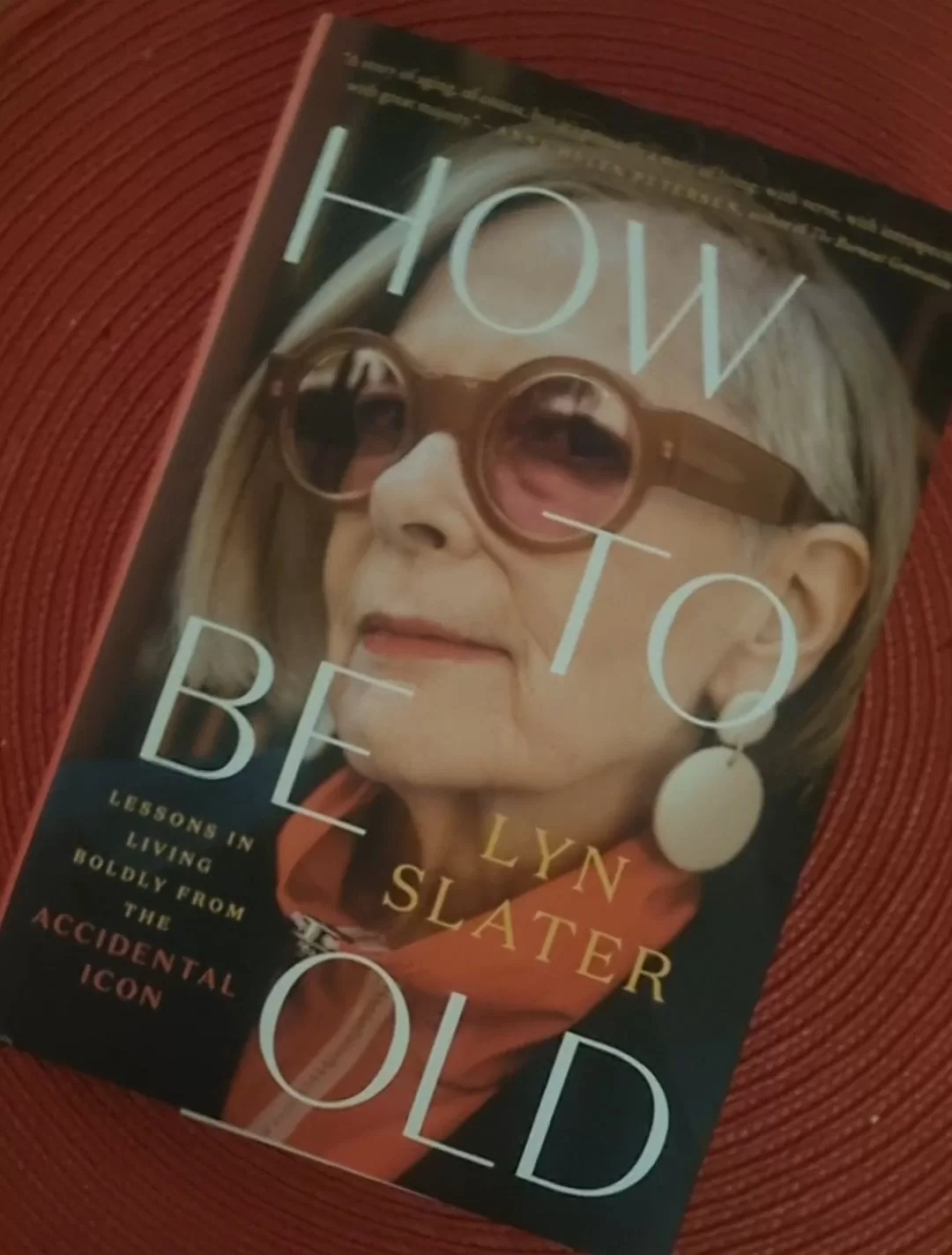Last Sunday, I wrote about the ethics of eating meat and other animal products. For Part II, I am diving into the ethics of buying other products made from animals including items made from leather, shearling, and fur.
What immediately strikes me about this debate is the inconsistency in the popular discourse. On the one hand, fur is almost universally reviled with major high end fashion designers pledging to no longer use the material in their designs. On the other hand, it is rare for someone not to have a bag or pair of shoes made out of real leather and there is little uproar as fashion designers routinely create real-leather garments. So what, realistically, is the difference between a fur coat and a pair of leather boots? And what about wool, cashmere, angora, snakeskin, and more?
Many believe that the reason the fur industry receives much more disgust than other animal products is because animals killed for their fur are often not also killed for their meat and are usually perceived as cuter than reptiles such as snakes and crocodiles raising more concern for their well being even though snakes are reportedly often skinned alive. On the flipside, many believe that leather from cows is more ethical as it can be a byproduct of the meat industry. However, in Animal Liberation Now, Peter Singer argues that there is no real difference between any of these products. If you find that one of these industries is bad, really you should condemn all of them as animals are nearly universally treated poorly. Even sheep who don’t have to die for their wool are often abused and eventually exported in horrible conditions to be slaughtered for their meat. If we take Singer’s argument at face value, how can we reduce the most harm?
As a general rule, I attempt to buy items second hand as much as possible. Sometimes when you buy things second hand it is clear what material it is from like a vintage shearling coat for example, but sometimes high-quality faux leathers can be harder to spot from the real ones. There can also be confusion with less common materials. For example, I unwittingly bought an angora sweater at a Goodwill last winter. I wouldn’t have even noticed the material if my mom didn’t mention that it looked like angora which was popular in the ‘80s. Upon googling the material post-purchase I learned angora comes from rabbits who are often kept in cramped conditions and plucked alive. Secondhand items also do not always still have tags on them with the material make-up or even brand and size.
Even with these uncertainties, my position has been that buying second hand is always better than buying first hand regardless of what you buy. When you buy second hand, you aren’t increasing economic demand or providing any profit to the producers of animal products. The items you buy were already made and will likely go to a landfill if someone does not buy them. By buying leather shoes, for example, secondhand you can get the benefits of its long-lasting durability and comfort, while also avoiding synthetic materials that may be bad for the environment or take longer to decompose once discarded.
While Singer argues that especially now, there are ample alternatives to animal products both in clothing as well as candles, cosmetics, etc. so that one should be able to avoid the consumption of animal products altogether, he also says that “consistency does not require absolute purity in all one consumes or wears.” He continues, “the point of avoiding animal products is not to keep yourself untouched by evil, but to reduce your economic support for the exploitation of animals and to encourage others to do the same.” He states that one will not reduce the profitability of harm to animals by throwing out products that you already own. Singer writes, “we are more likely to persuade others to adapt our attitudes if we temper our ideals with common sense.” This argument, I think, can be safely applied to shopping second hand which does not contribute to economic support for animal products.
However, I recently came across an argument that challenges my long-held position. Some argue that wearing second hand animal products is wrong because you could be increasing the demand for these products from other people. Three years ago I bought a knee-length vintage shearling coat– by wearing this coat, had I inspired anyone to go out and buy a brand new shearling coat? If I had, was I responsible for this? And what about faux shearling and leather– are these materials unethical as well since people may be unable to tell that they are fake?
I found this argument interesting and very difficult to find a satisfactory answer to. I concluded that ultimately, as an average person, it is probably fairly unlikely that I will influence significant numbers of people to buy new versions of the vintage animal products I wear. Likely, if anyone does like my coat so much that they want to buy a similar one, they will ask me where I got it from and I can tell them it is second hand. Similarly, since faux materials are much more commonplace these days it is also unlikely that anyone would necessarily default to mistakenly thinking that your faux leather bag is real. I do think that celebrities and influencers who are more likely to drive other people’s shopping habits should make more of an effort to share how they ethically sourced their clothing and encourage others to do the same.
In our current culture of rampant over-consumption, it is often easy to find most items second hand especially with the rise of websites like Poshmark, Thredup, and Vinted where people sell their discarded clothing, often hardly worn and sometimes even with tags still attached. Still, sometimes, especially for those who wear less common sizes, second hand options can be limited. Then what should we do?
The obvious answer to this question (and the one which Peter Singer argues) would be to buy faux leather and fur. However, there still are some ethical issues with these synthetic materials. Vegan leather can be made of a polyurethane-based material (a plastic) which can take a long time to decompose. Once discarded, this material will sit in landfills for years and release toxic chemicals into the environment. However, advances in technology have made vegan leather produced sustainably from plants more common. It is also important to keep in mind that leather tanning is a chemical-heavy process with a negative environmental impact. Not to mention the environmental impact of raising animals in the first place. Some leather, however, does use vegetable tanning techniques which utilize natural ingredients to reduce the environmental impact of leather tanning and leather can potentially last longer and be more durable, reducing the need to buy more and more items.
Given these, often conflicting, pros and cons it can be difficult to decide how to make the most ethical shopping decisions and it is often tempting to simply give up and ignore these issues altogether. But this is exactly what we shouldn’t do. Rather, we should examine our values to determine which are the most important for us to reflect in our shopping habits. This article from The Cut has a useful graphic that breaks down how you can decide what materials to buy based on your priorities and can be a good starting point to determine how you, personally, want to live out your values.
When I find that I want to buy something (after my 2024 no-buy year is up), I’ve decided to use the following framework:
- Ask if the item will bring value to my life. The best way to reduce harm to animals and to the environment is to simply buy less. After my no-buy year ends I aim to be much intentional with everything I buy and reduce impulse purchase.
- Buy second hand first. In my opinion, buying second hand is pretty much a no-brainer. You are not contributing to demand for wasteful fast fashion, companies with unethical business practices, or materials from animals. Since an estimated 84% of donated clothes end up in landfills, you are reducing waste and giving items a second life. It’s also often cheaper!
- Environmentally friendly faux leather. If you can’t find what you need second hand, environmentally friendly faux leather (& other faux animal products) could be a good second option. However, it can sometimes be more expensive to find items that you are sure are made from sustainable materials and are durable so you aren’t forced to continuously buy more. If this is out of your budget, then move to number four.
- Alternative styles. If you are struggling to find something that is affordable in an environmentally-friendly faux leather or mimicking another animal product, ask yourself if you could get the item in another style made from different materials that will be just as durable and suitable for what you need it for. Perhaps buy canvas sneakers rather than leather ones and so on.
- “Less bad” animal products. This could include leather that is tanned from vegetables and materials that are a byproduct of the meat industry (although it is important to note that even leather that is a byproduct of the meat industry increases the profitability of the industry as a whole) while avoiding excessively cruel options like angora and snakeskin. These options are often high-quality and durable (especially leather) which means items will last for years while decomposing more quickly once discarded. Unfortunately, sometimes these can also be more expensive options than leather from unknown sources.
- All other faux animal products. These products are more likely to be environmental hazards, but can be less expensive options. Be sure to purchase the most durable items you can afford so you reduce your environmental impact by reducing consumption.
Ultimately, like choosing whether or not to eat meat, it is important to reflect upon your values and the impact you want or, conversely, don’t want to have on the world. Only then can we strive to live up to those values through our everyday actions. Let me know what you think in the comments!





